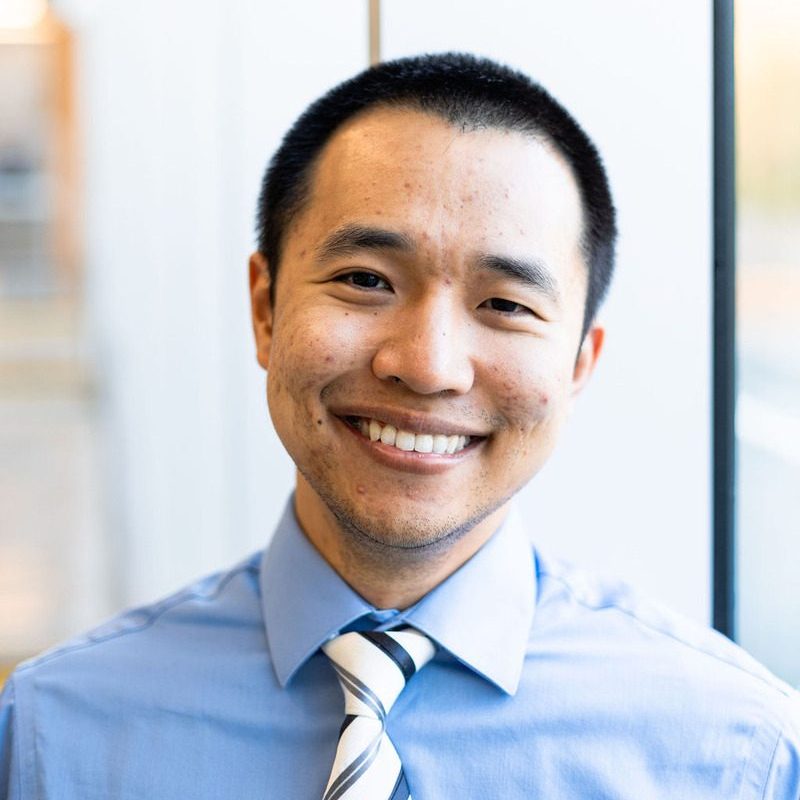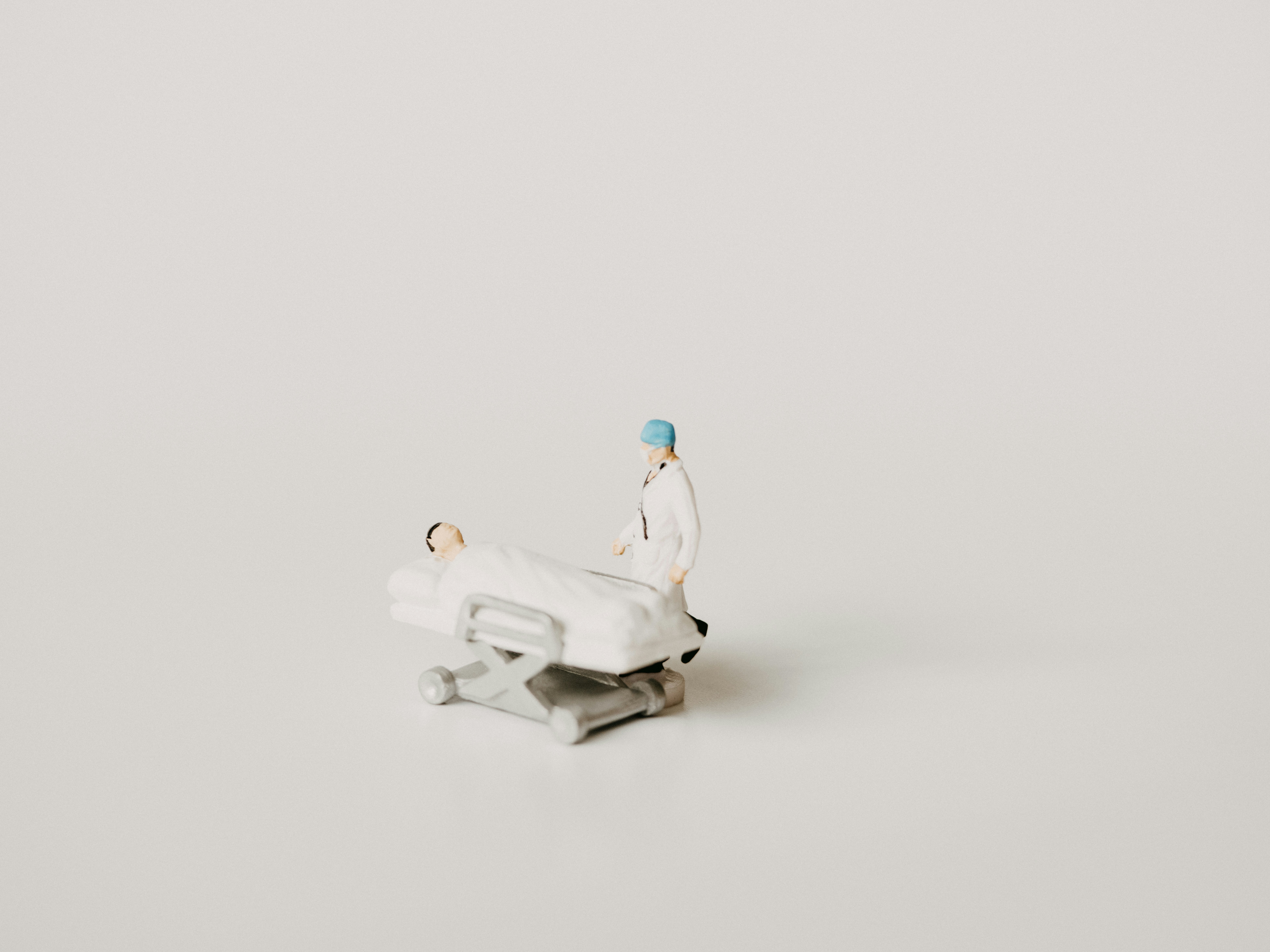Introducing AI in Bioinformatics
Artificial intelligence (AI) is now a fixture in the public consciousness. Much has been made of AI’s potential to transform how we commute, refine how we search online, and automate our production lines. Amid talks of their potential to aid other sectors, the biotech community has worked hard to enhance patient care with AI. Advancing digital pathology may be among the most important of these uses.
Looking at a microscope slide one by one is a laborious task. Anyone working with a microscope would testify to the time needed to prepare slides, mount them onto a microscope, and go through hundreds of fields of view within a single slide. The manual work needed to analyze a single tissue specimen can slow disease diagnosis to a crawl, especially when assessing tissue from multiple patients.
That’s where Emina Atlagic’s work at Roche comes in. As a bioinformatics programmer analyst, she works with teams across Roche to strengthen the Digital Pathology platform that streamlines the analysis of microscope images with AI. This way, she helps clinicians diagnose cellular diseases more accurately and quickly. Her expertise from working at Roche places her in an ideal place to speak about AI and digital pathology for the London Biotechnology Show.
Read this interview with Emina Atlagic if you want to learn how you can integrate AI into your digital pathology workflows. Here, you will also gain valuable insights into what makes a successful biotech team. With that, I hope you enjoy this interview!
The interview
PN: Emina, thank you for taking the time to be interviewed for LBS 2024. Let’s begin by talking about your journey into bioinformatics. How did you start, and who influenced you the most along your journey?
EA: I started my career studying electrical engineering. However, in my first semester I realized that it did not fit my personal expectations. Then one day, my professor approached me and said that my gifts lay in mathematics. From there, he guided me toward medical documentation and informatics. Through that and my subsequent research experience, I learned about biostatistics, medical research, and informatics, which opened the doors for me to work in the field of automation at Pfizer and in various data science areas at Roche for 16 years.
PN: Your encounters with mentors who helped you resonate with me. I started my writing career with a mentor who picked me out as a talented communicator. They inspired me to share the cool things we’re doing in science. How have such inspirations pushed you along with your career?
EA: At Roche, we place the patients and their needs in the center of our work. “Doing now what patients need next” is our powerful statement, which reflects who we are, what we stand for, and what values are close to my heart.
Additionally I was inspired and motivated by Nicole Pfister to join an educational program for applied data science at the EPFL in Lausanne. Nicole leads the Data Academy at Roche Diagnostics, being responsible for people development in the field of digitization, AI and data activities, providing adequate programs and support to strengthen life long learning. Through the data academy, I learned more about applied data science and gained my first experience working with AI and finalizing my Capstone project with an Image Analysis project. This was one of the biggest motivation factors to move also in this working area, where I am now: at pharmaceutical Research and early Development in Basel.
PN: Let’s keep the positive atmosphere up by delving into bioinformatics. What is bioinformatics, and what do you think spurred the growth of the field within the past few decades?
EA: Bioinformatics represents any effort to collect, store, analyze, and share biological data and information. We commonly associate bioinformatics with high-throughput data and pipelines for analyzing biomolecules. However, researchers ultimately use bioinformatics to translate data into insightsthat will ultimately lead to better, cutting-edge medicines for our patients in personalized healthcare. And that represents our primary aim at Roche.
In bioinformatics, the advent of data digitalization, cloud-based data storage, and AI in data analytics represent some of the biggest boosters of bioinformatics research. Each of these features speeds up data analysis and delivers more precise and accurate insights. Thanks to that, researchers can today access data anywhere at any time through remote access. Moreover, we have seen researchers integrate artificial intelligence (AI) into diagnostic workflows and in the fields of drug discovery and clinical decision support solutions.
PN: You showed that bioinformatics has a role beyond big ‘omics data and that it includes digital pathology. But what is digital pathology, and how can researchers best integrate AI into it?
EA: Digital pathology covers the end-to-end computational workflow of any effort to study and diagnose disease from specimen slides. The process begins with pre-clinical studies, continues with tissue-based processing and ends with analyzing images for disease features.
Tissue sections are prepared carefully on glass slides, stained and scanned to finally produce digital images. The images are then provided in a FAIR manner to the teams, to perform mainly AI analysis, annotate the slides and evaluate the results.
In each of these steps, researchers must answer question, execute peer-reviews, to reliably identify disease features.
PN: While researchers have a lot to consider in developing AI for digital pathology, what are the biggest advantages of using AI when analyzing tissue specimens with microscopy?
EA: Before digital ways of working and AI emerged, researchers had to analyze the slides one by one underneath a microscope. The results of the tests would depend on the pathologist looking at the slide and any second opinions obtained. This can slow down the process of diagnosing disease. Just Imagine the physical infrastructure and logistics needed to keep this process working.
Digitalisation and AI changes all that. It provides an opportunity to standardize data generation and analysis. It creates more opportunities to produce high-resolution images of the tissues we seek to examine and to batch process the huge amount of data. It also makes analyzing data with specific open-source and closed-source platforms (See the list of programs here) much easier. That’s where I will be going with my work at Roche.
PN: Speaking of Roche, tell us more about what you do with the Pharma Research and Early Development (pRED) program.
EA: pRED reflects our hub of innovation, where great scientists work closely together to deliver cutting edge medicines with greater benefits for our patients. The research covers the following six disease areas: Immunology, Infectious diseases, Ophthalmology, Neuroscience, Rare diseases, and Oncology. By covering such diverse disease states and disciplines, we position ourselves as leaders in pharmaceutical research.
PN: What has been the secret to your Roche’s success with pRED, and what can other biotech companies learn from Roche’s efforts?
EA: I believe that the biggest secret to success lies in our inclusive culture at Roche. Employees are valued and differences are embraced. We also provide continuous development opportunities and place diversity and inclusion as a foundation for our operations. . From there, we strive to provide the best medicines for the patients who need them most. That begins with biotech companies realizing that their success depends on their employees. Companies must strive for an inclusive environment that features diverse ethnicities, cultures, opinions, and problem-solving approaches.
PN: Let’s end our interview by talking about LBS 2024: What are you looking forward to most from attending LBS 2024, and what do you hope your listeners will learn from your talk?
EA: My talk will cover insights in digital pathology. As for attending the conference itself, I’m excited to be able to meet new people, get inspired, and exchange ideas. I’m also looking forward to connecting with the many exhibitors present at the show. The conference will be a great opportunity for me to gain valuable experiences in the field of bioinformatics and innovations, which would love to share with my colleagues after the conference.
Check out the London Biotechnology Show!
LBS 2024 is set to become the premier event connecting experts across the life sciences sector together! Follow this link to get your free visitor pass! And click here if you wish to learn about being an exhibitor or speaker.

Author
-

Paul Naphtali is a seasoned online marketing consultant. He brings to the table three years of online marketing and copywriting experience within the life sciences industry. His MSc and PhD experience also provides him with the acumen to understand complex literature and translate it to any audience. This way, he can fulfill his passion for sharing the beauty of biomedical research and inspiring action from his readers.
View all posts




